Global Pandemic
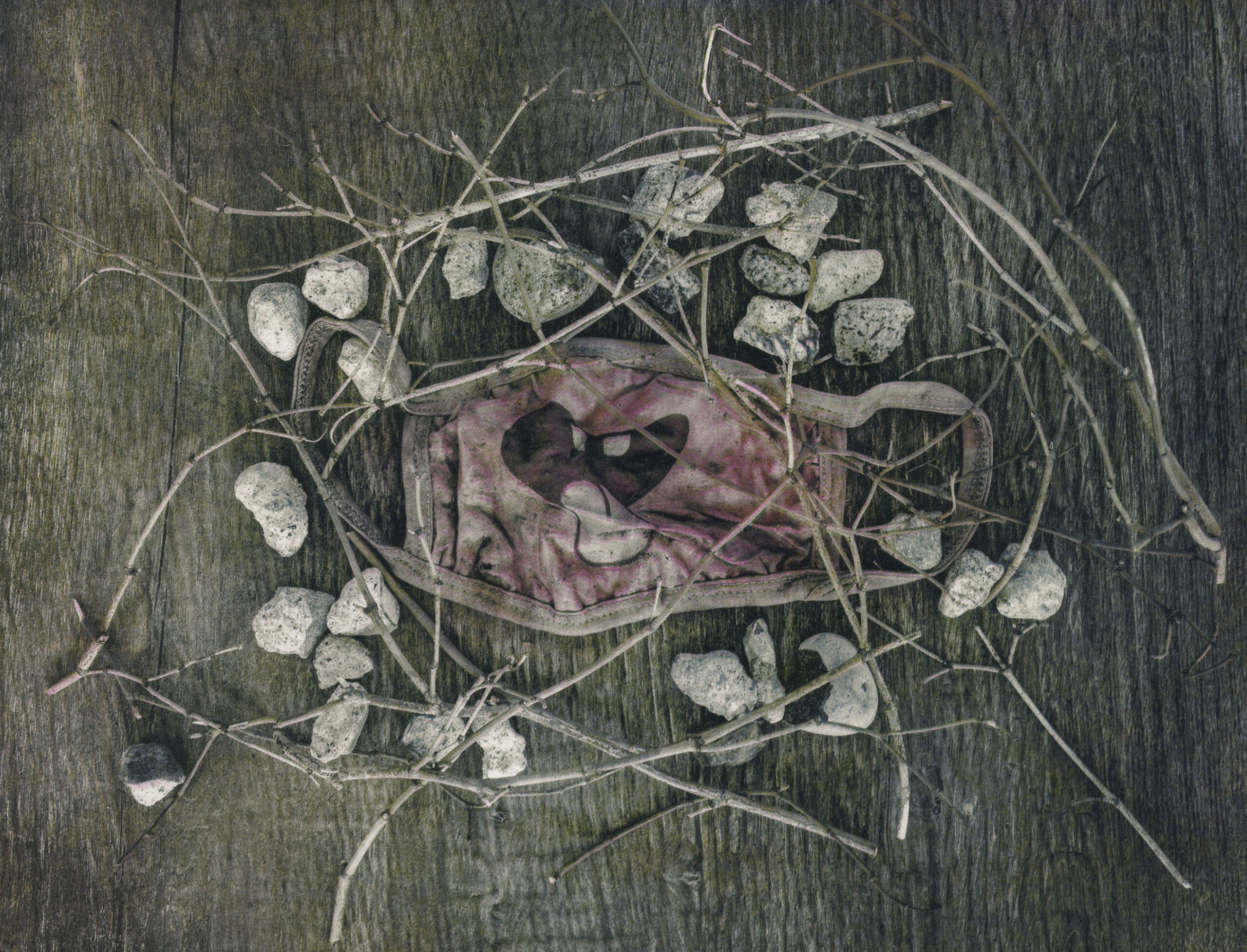

Loves Me, Loves Me Not
The Decision of the Flower (He loves me, he loves me not or She loves me, she loves me not) Recited while plucking the petals from a daisy: He loves me, He loves me not. He loves me, He loves me not. He loves me, He loves me not… This all or nothing fatalism seemed pretty high risk when I was young, but I still have vague memories of wanting to know if the object of my affection would return the same. After centuries of daisy plucking, this lovelorn ritual continues to inspire young people everywhere to determine their romantic future. Widely thought of as symbolic of childhood innocence and purity, wild daisies have long been a favourite of romantic poets. I’d like to think that in today’s world we could learn to be more inclusive of all the lovesick and not just the young Victorian maidens that came to symbolize this lovelorn tradition.
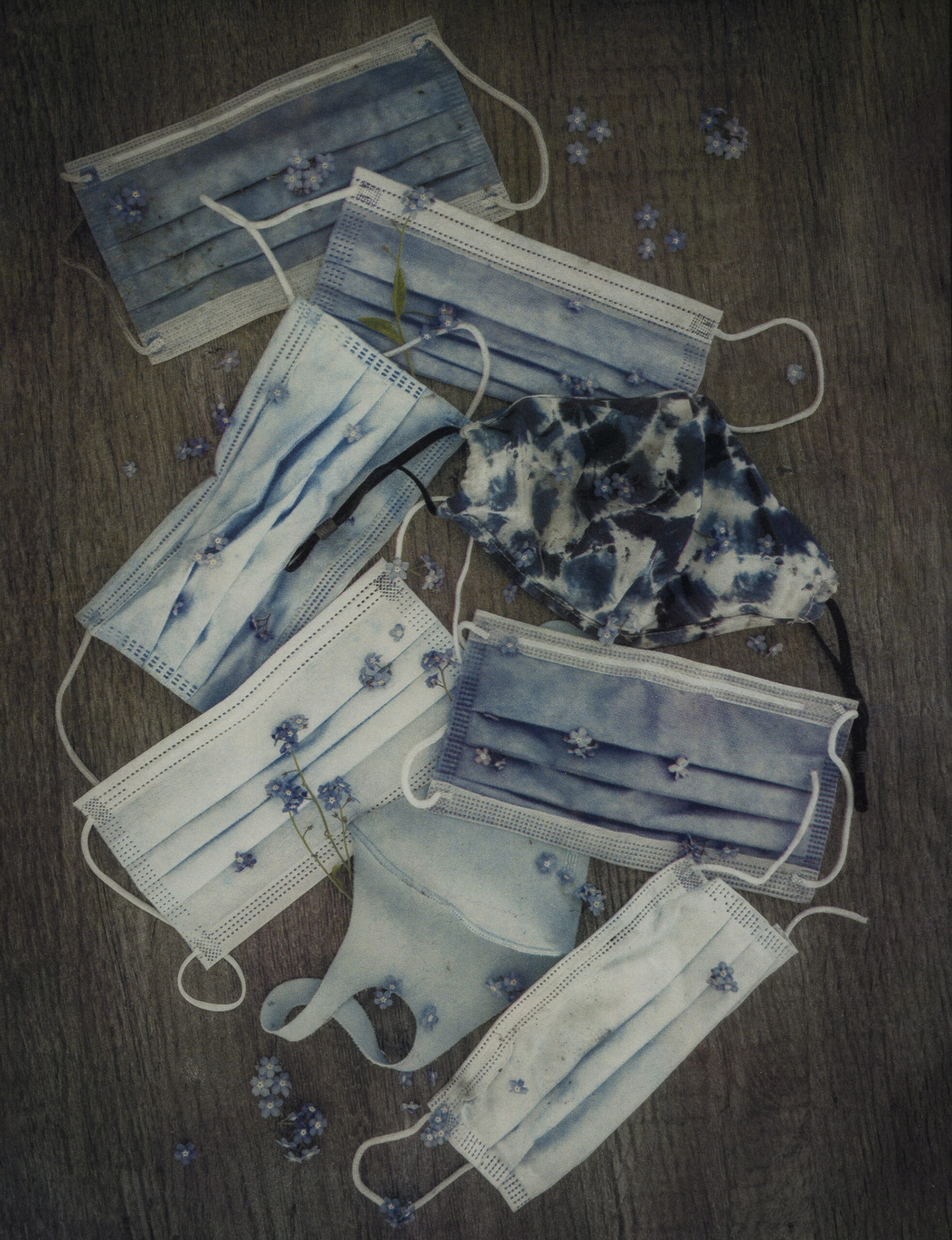
Forget-Me-Not
“Those that fail to learn from history are doomed to repeat it.” Winston Churchill (1948) These little blue flowers have been in our gardens since I was a child. I paired the forget-me-nots with the blue masks as a remembrance. We won’t soon forget this pandemic and all the disruption it has brought to our lives. However, I’m hopeful that we can find a new and better normal that builds on everything we’ve learned.
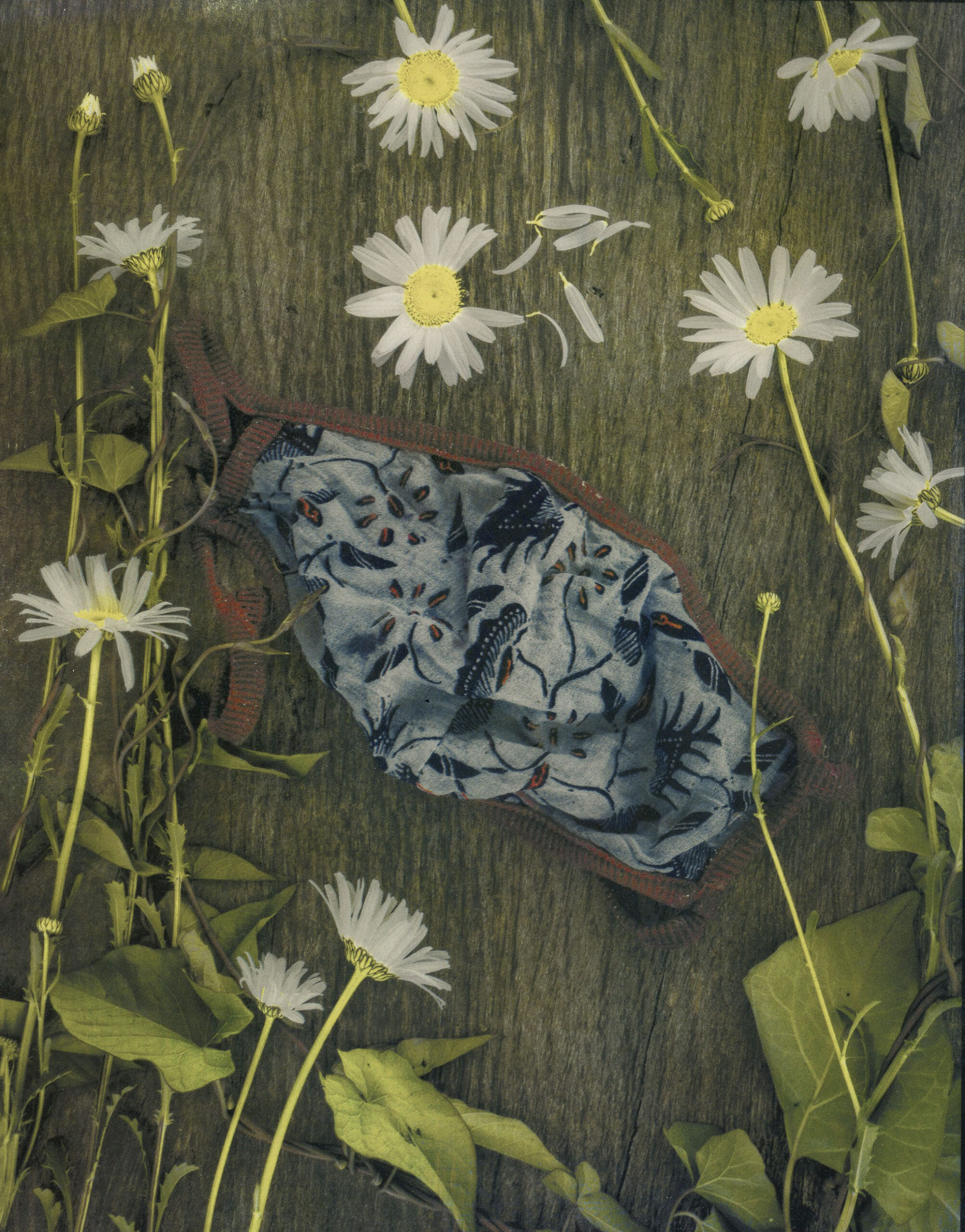
Il m’aime un peu, beaucoup, passionnément, à la folie, pas du tout.
Il m’aime un peu, beaucoup, passionnément, à la folie, pas du tout. Literally translated as he likes me a little, a lot, passionately, madly, not at all…the French version of he loves me, he loves me not would indicate better odds of reciprocated love, though to what level may be harder to predict. While frequently disputed, this flowery French verse is said to be the origin of the lovelorn game played by picking daisy petals and dates back to the mid 19th century.

I Like Butter!
In the summertime, growing up in Ontario, I loved to see the buttercups in bloom. Holding a buttercup under your playmate’s chin, you got to see if they really liked butter. Was it just coincidence that on particularly sunny days, everyone seemed to love butter? To this day, I still enjoy playing this glowing game with little chins under the sun. Care to learn the scientific reason why buttercups shine yellow light under your chin? Don’t be ranunculus!
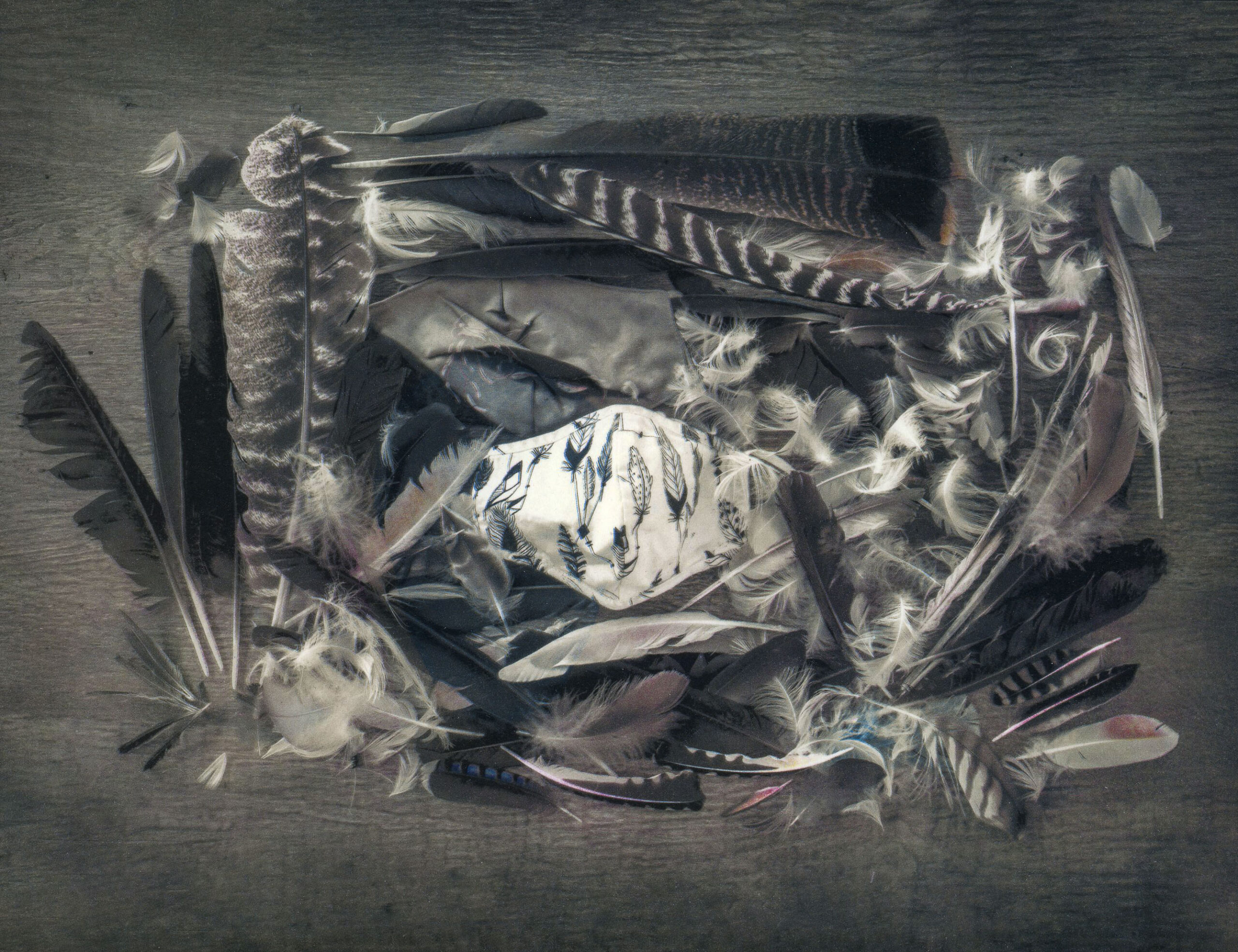
Light As A Feather
Light as a feather, stiff as a board. When I was a young girl, my sister and I used to play Light as a Feather, Stiff as a Board with friends. This game was something of a levitation trick where one person lay on the ground while others sit around them and place their middle and index fingers underneath them to support in a lift. It didn’t always work…but when it did, I always felt like we were witnessing magic! What I didn’t know then but have learned today is that this game has been around for centuries with origins dating back, perhaps ironically, to the Black Plague (1347-1352). Symbolizing a burial or a resurrection, the game’s lasting popularity could likely be attributed to children’s desire to be both scared and amazed while acting out this little game of magic.
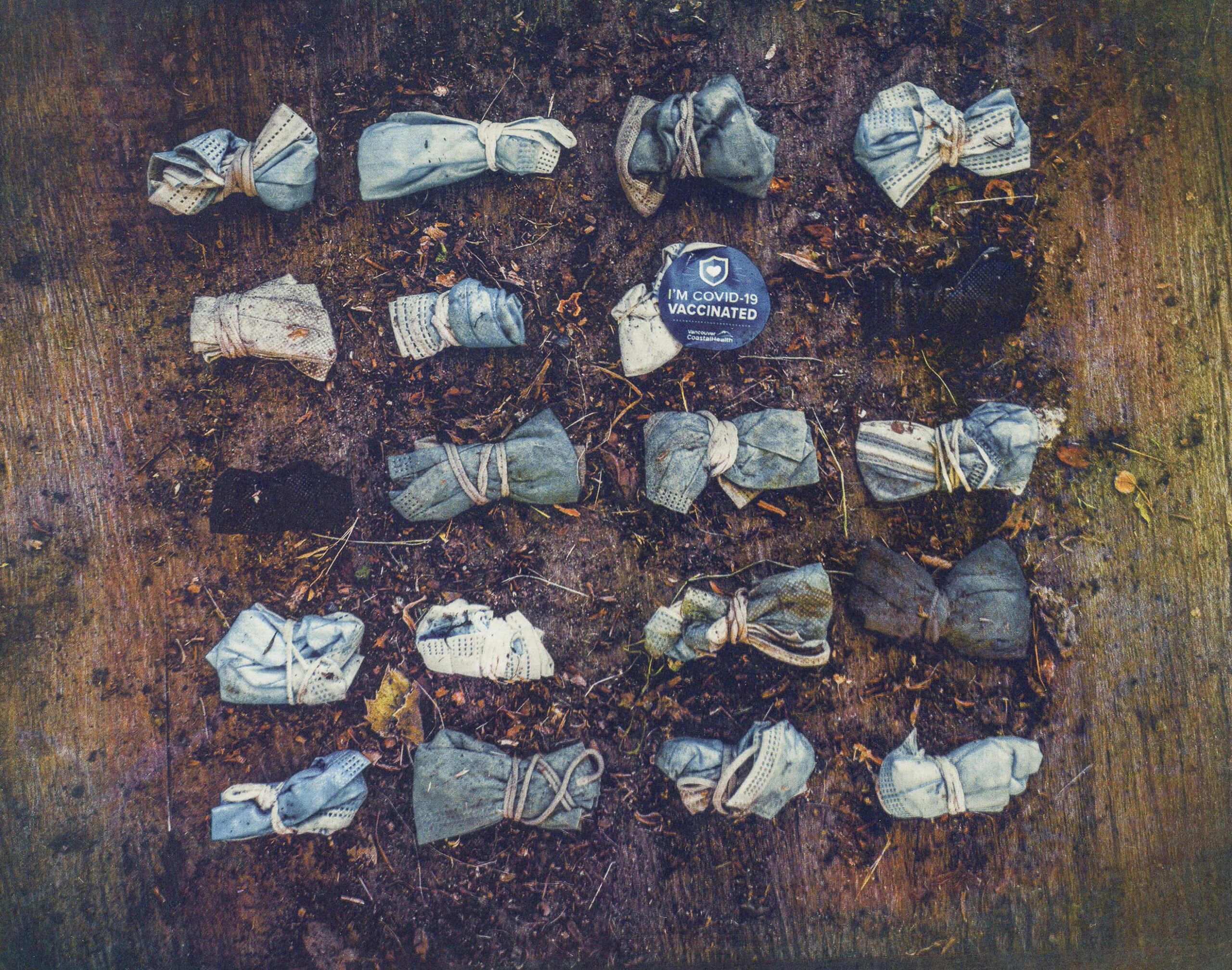
Bow Ties
This photograph is a dedication to David Papineau, a local plogger (a person who combines running with picking up litter). I connected with David after reading an article in Vancouver Is Awesome online. I noticed on social media that he lived in my neighbourhood and so a friendship was struck as we were both collecting discarded masks. One day he asked if I had collected many of the ‘fold-roll-and-tie masks’? I said, ‘oh you mean the bow ties?’ We both thought that it was hard to understand why anyone felt the need to do this. Is less conspicuous pollution less impactful? I am genuinely thankful for David’s heroic efforts in recovering nearly 29,000 (as of June 2022 he has now collected 40,000) masks from the streets of our city over the last year.
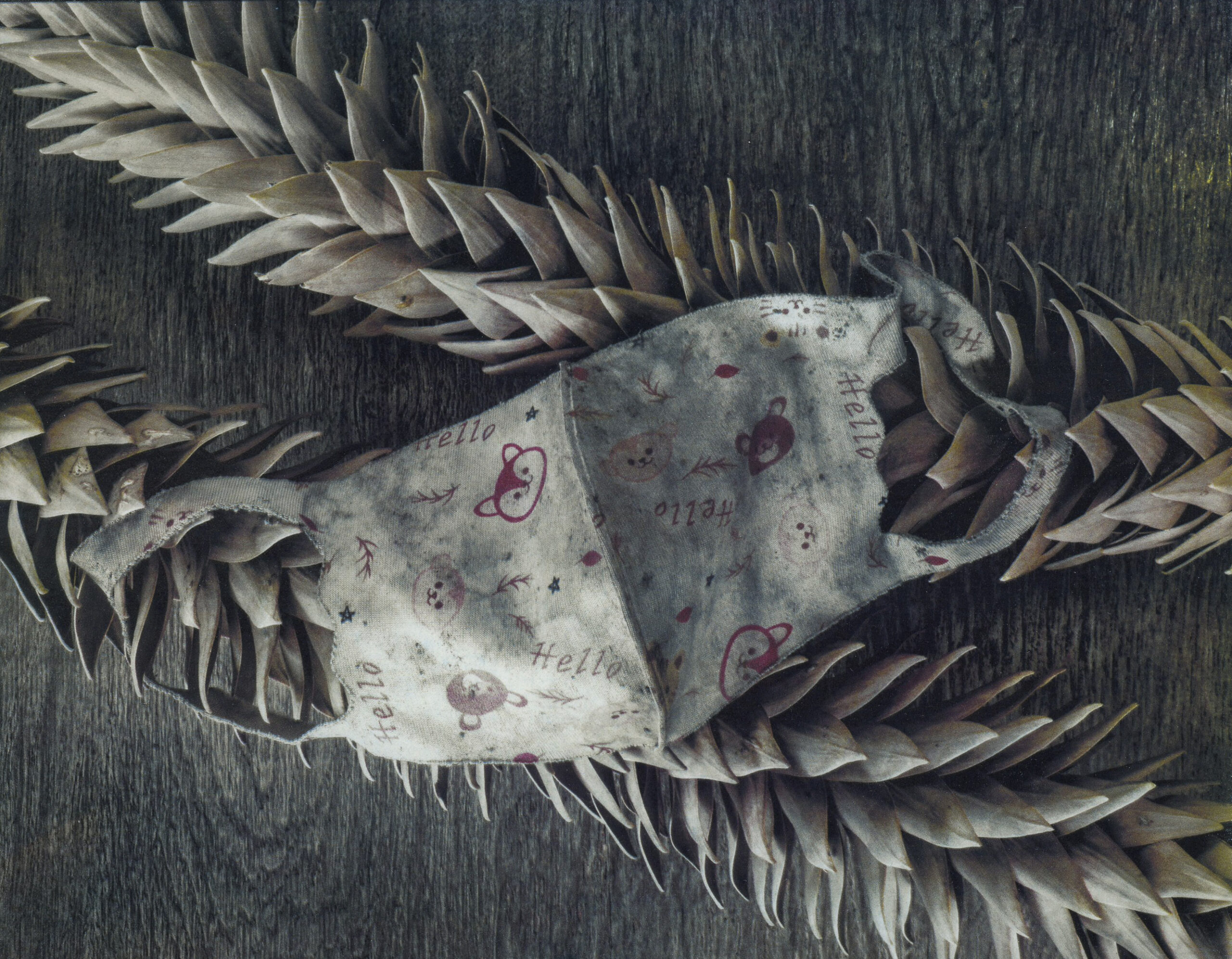
Five Little Monkeys
Five little monkeys jumping on the bed, One fell off and bumped her head, Mama called the doctor and the doctor said, "No more monkeys jumping on the bed!" This work came together by chance. After finding the children’s mask with four little monkeys, my husband found a beautiful Monkey Puzzle Tree branch on a walk in the park and Five Little Monkeys was born. On researching the children’s nursery rhyme, I discovered that a late 1800’s version of this song was blatantly racist. With further folkloric exploration, I learned several nursery rhymes indeed contained targeted racism. Ultimately, I began to appreciate that modern non-racist adaptations (such as this one) could be potential learning tools for children. We’ve come a long way during this pandemic but still have so much more to learn.
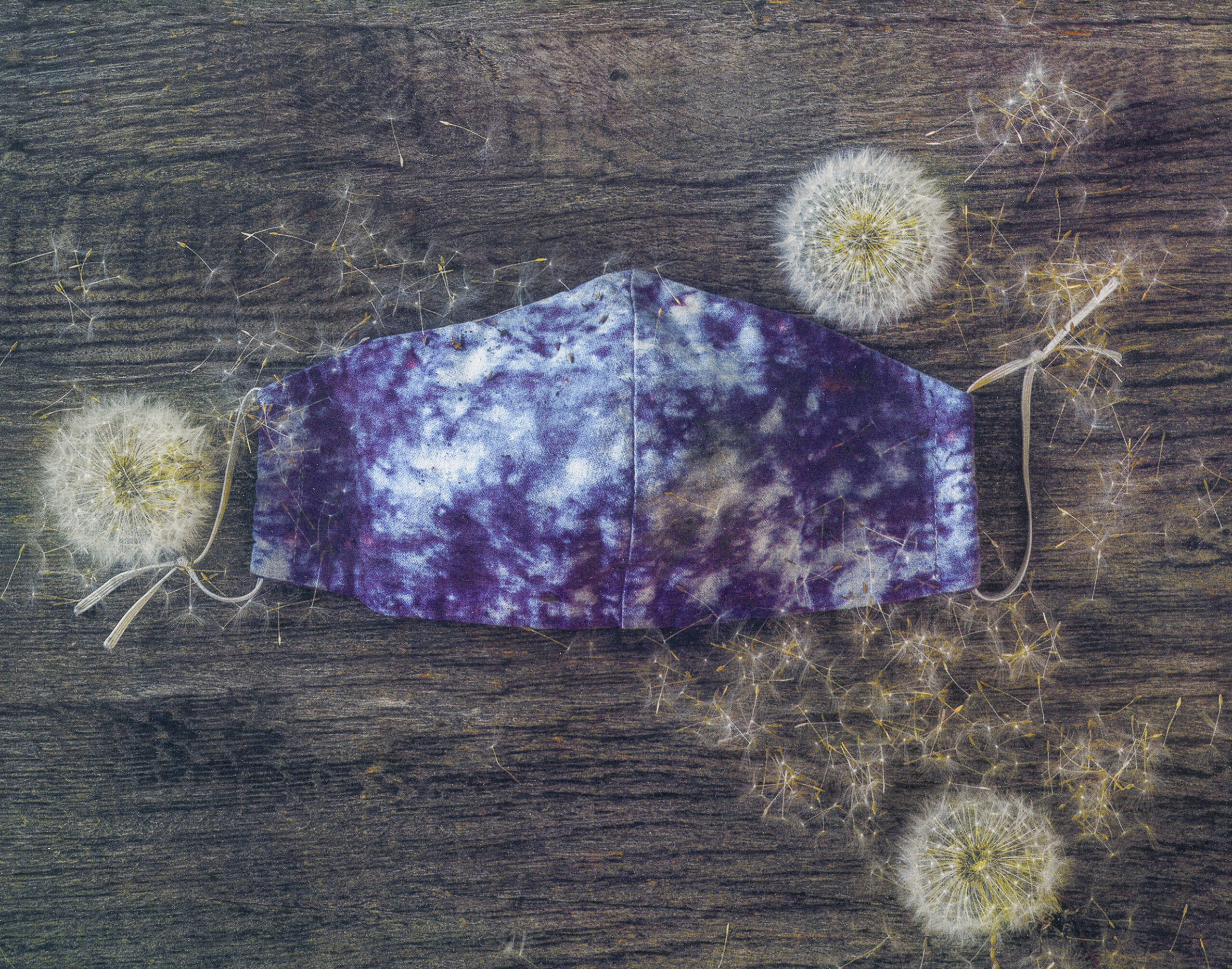
Make A Wish
Why do people make a wish blowing dandelions? I still do this even as an adult and of course my children play this game as well. It’s been said that the seeds of a dandelion will grant your wishes and if you’re lucky will even carry your thoughts to loved ones. We’ve all probably had more reasons for making a wish these past two years and this has been a fun ritual to share with my kids.
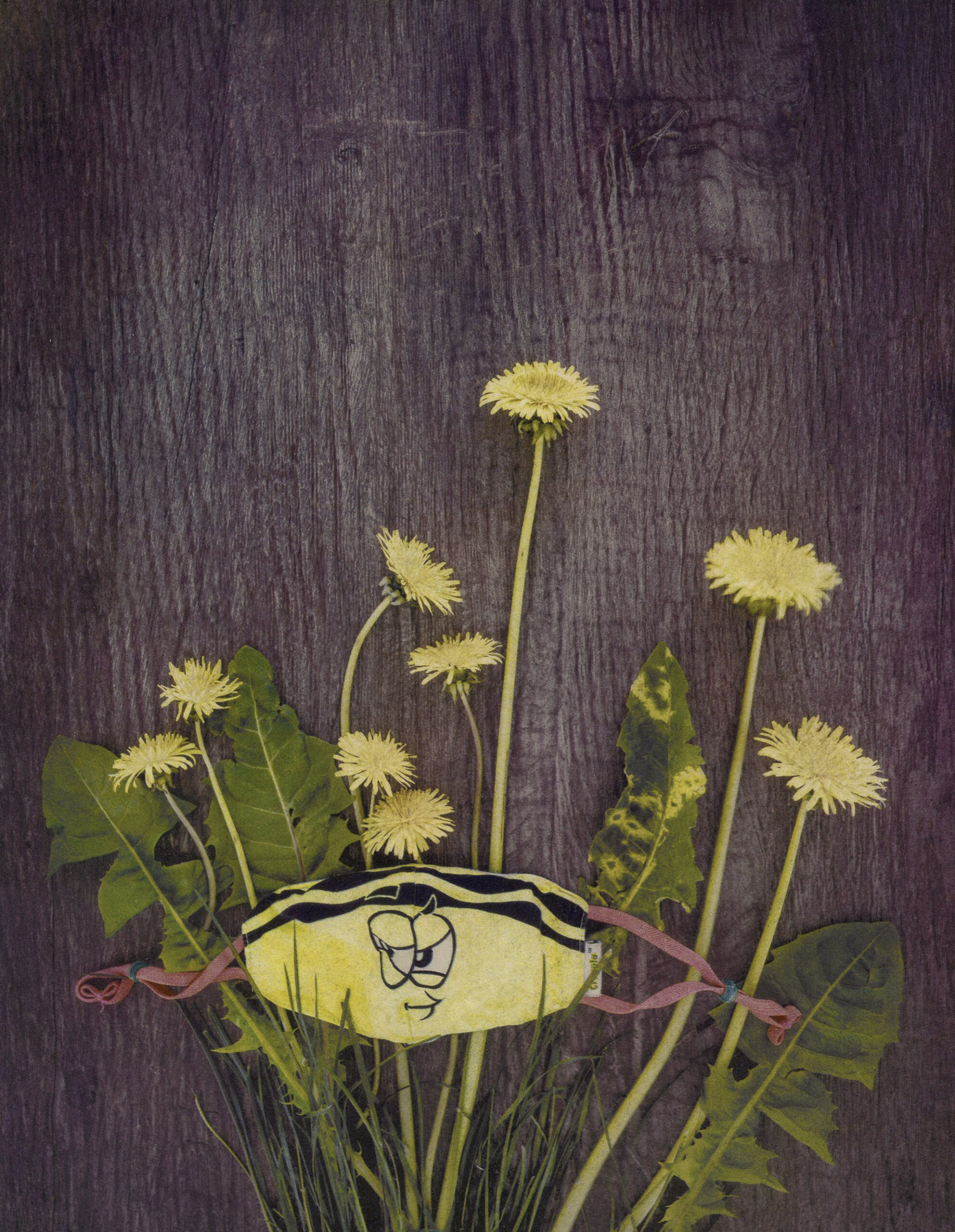
Momma Had A Baby I
As kids, we used to pick dandelions and say, ‘Momma had a baby and its head popped off!’ I also remember showing this little game to my children in the Spring when the dandelions were in bloom. However, I’ve never been aware of the origins of this floristic custom. Oddly enough, after searching all over the internet, I’ve discovered little to nothing about this playful custom’s origins. There are, however, many similarly curious folk searching for understanding about the dandelion lore. Whose head pops off – momma’s or baby’s – is a mystery to many, but the greater mystery appears to be where and when this common Springtime ritual began.
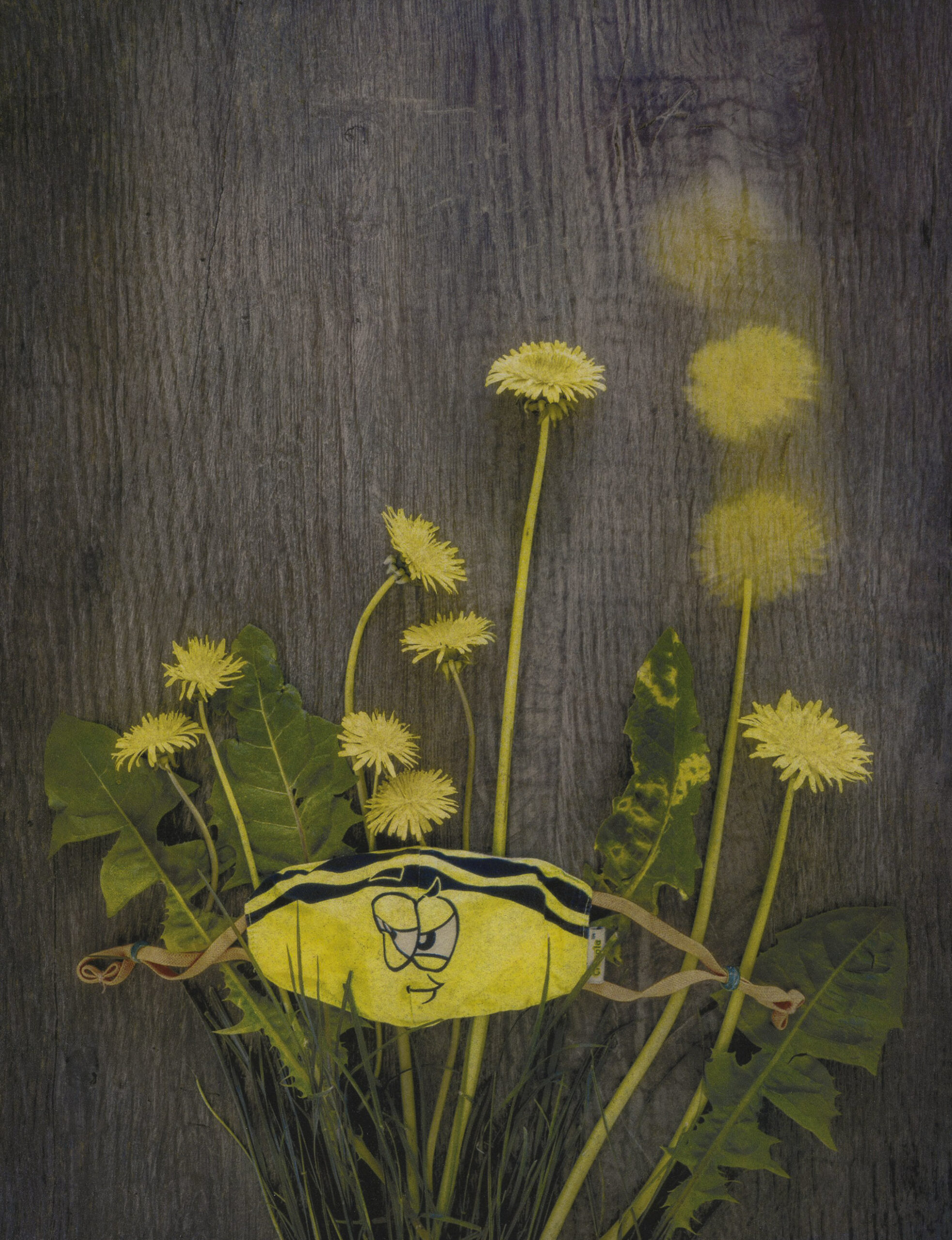
Momma Had A Baby II
As kids, we used to pick dandelions and say, ‘Momma had a baby and its head popped off!’ I also remember showing this little game to my children in the Spring when the dandelions were in bloom. However, I’ve never been aware of the origins of this floristic custom. Oddly enough, after searching all over the internet, I’ve discovered little to nothing about this playful custom’s origins. There are, however, many similarly curious folk searching for understanding about the dandelion lore. Whose head pops off – momma’s or baby’s – is a mystery to many, but the greater mystery appears to be where and when this common Springtime ritual began.

Momma Had A Baby III
As kids, we used to pick dandelions and say, ‘Momma had a baby and its head popped off!’ I also remember showing this little game to my children in the Spring when the dandelions were in bloom. However, I’ve never been aware of the origins of this floristic custom. Oddly enough, after searching all over the internet, I’ve discovered little to nothing about this playful custom’s origins. There are, however, many similarly curious folk searching for understanding about the dandelion lore. Whose head pops off – momma’s or baby’s – is a mystery to many, but the greater mystery appears to be where and when this common Springtime ritual began.
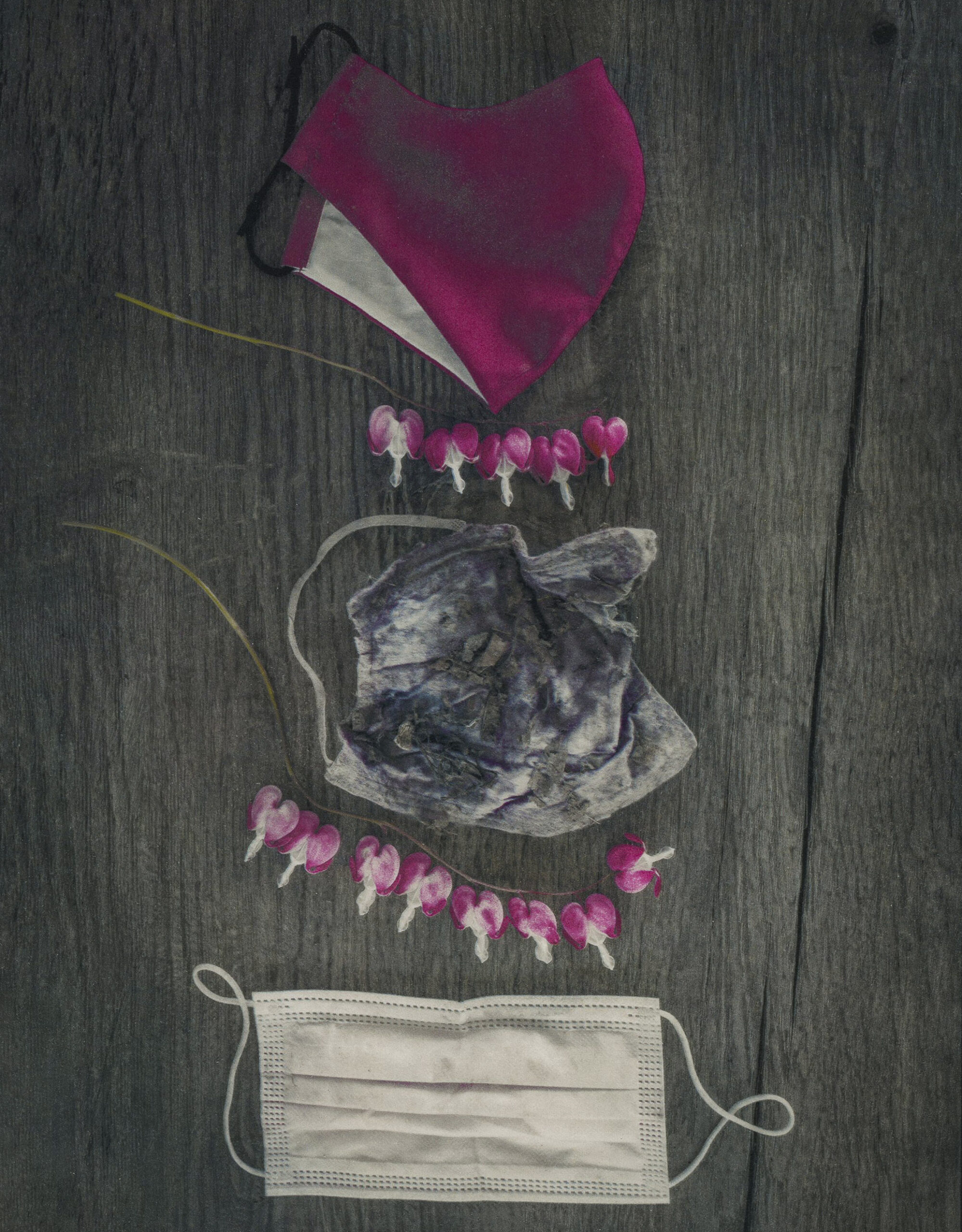
My Bleeding Heart
When my family lived in Niagara-On-The-Lake, Ontario, I had one of the best babysitters. Her name was Susan and I have fond memories of all the stories she would tell in her parent’s garden to my sister and me. She would make us dolls out of Hollyhocks and balloons out of sedums. Garden crafting has likely been around for some time, but I was really taken by The Tragic Tale of the Bleeding Heart where this precious perennial becomes the central prop in the story of a Prince returning from a long journey with very special gifts that he was sure would win the love of his Princess. So many lessons to be learned from the garden…
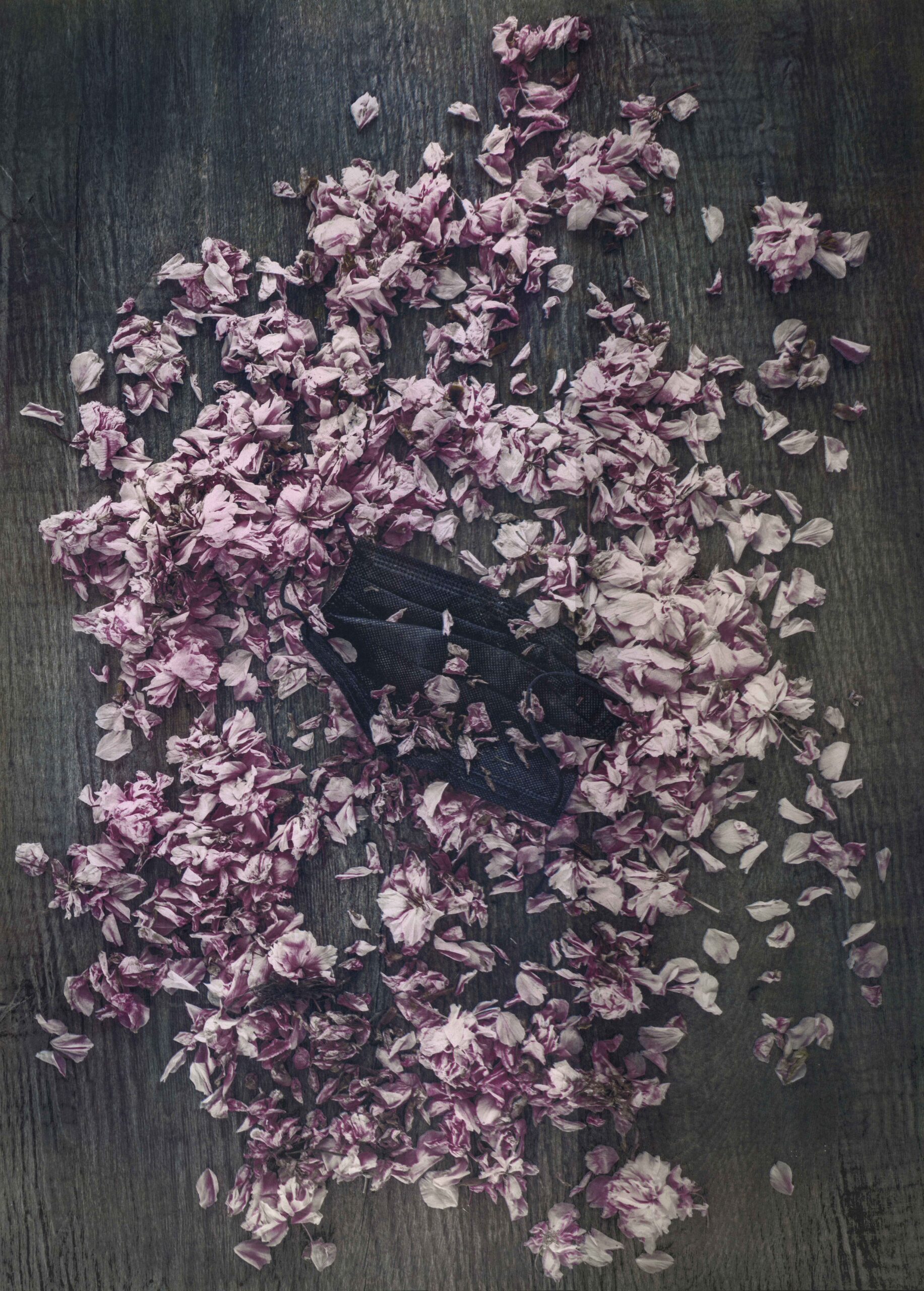
Pretty In Pink
Growing up, like most of us, I thought of the colour pink as a “girl’s” colour. Many years later, I’ve come to appreciate that pink isn’t a girl’s colour, but I believe it can symbolize femininity, kindness, and calmness. With a little coaxing, the kids enjoyed the Spring walks under the cover of Cherry Blossoms listening to the bees – it was a great distraction from the rest of life’s chaos. Regarded by many to represent renewal, the Cherry Blossom carries a spiritual quality. With an estimated 50,000 Cherry Blossoms in Vancouver, this annual renewal reminds us to live life to the fullest and to appreciate a fresh start.
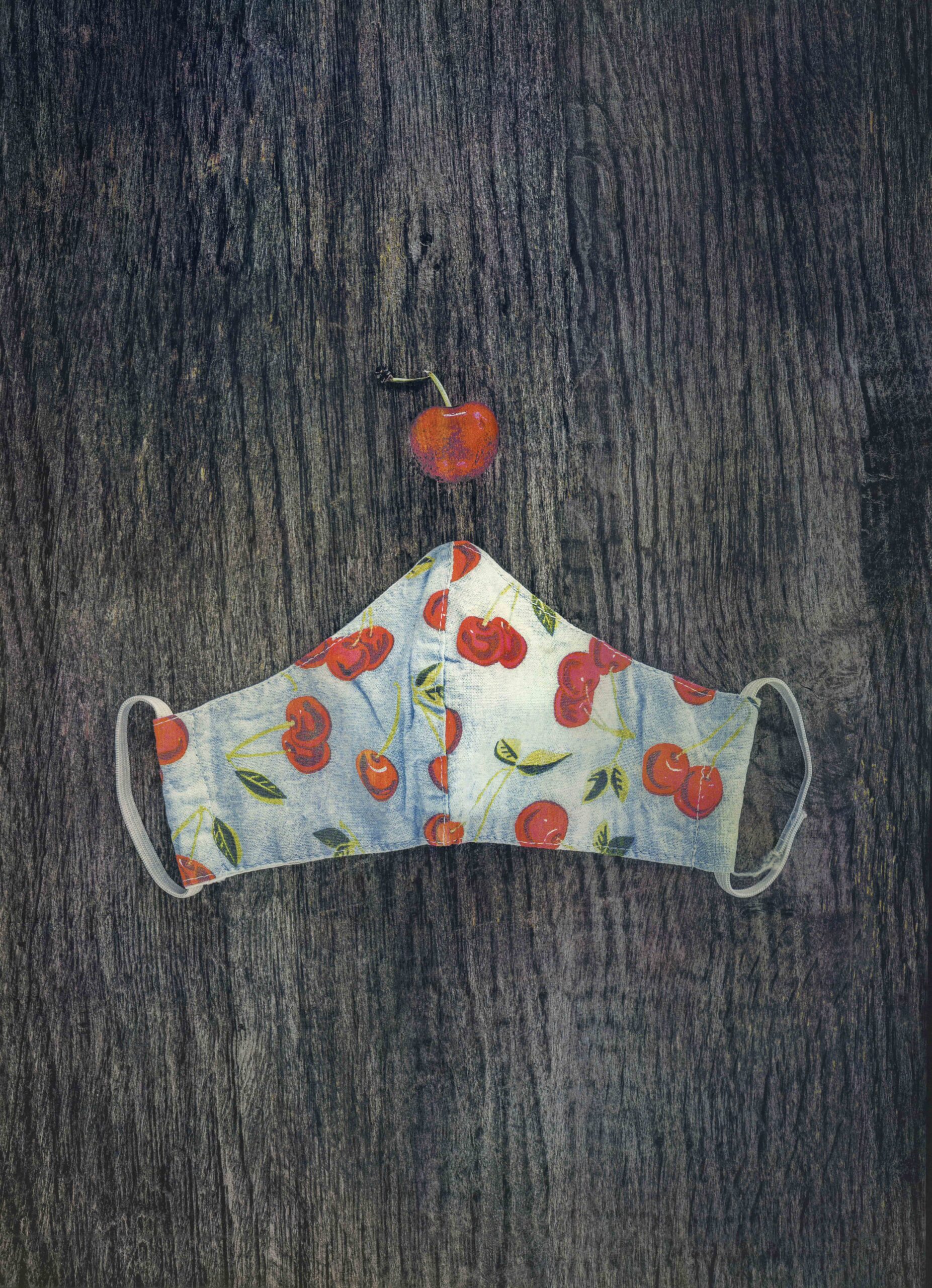
Pretty Please With Cherry On Top
How often do we remind our children to be polite? To be on their best behaviour or to mind their p’s and q’s… A fairly recent children’s idiom is the phrase, “Pretty please!” Dating back perhaps a century or so, this became a child’s way of saying, they really, really want something. The more recent saying, “Pretty please with a cherry on top” likely derives from the practice of adding a maraschino cherry to a desert as the final touch. Any way you put it; a polite child is just icing on the cake!
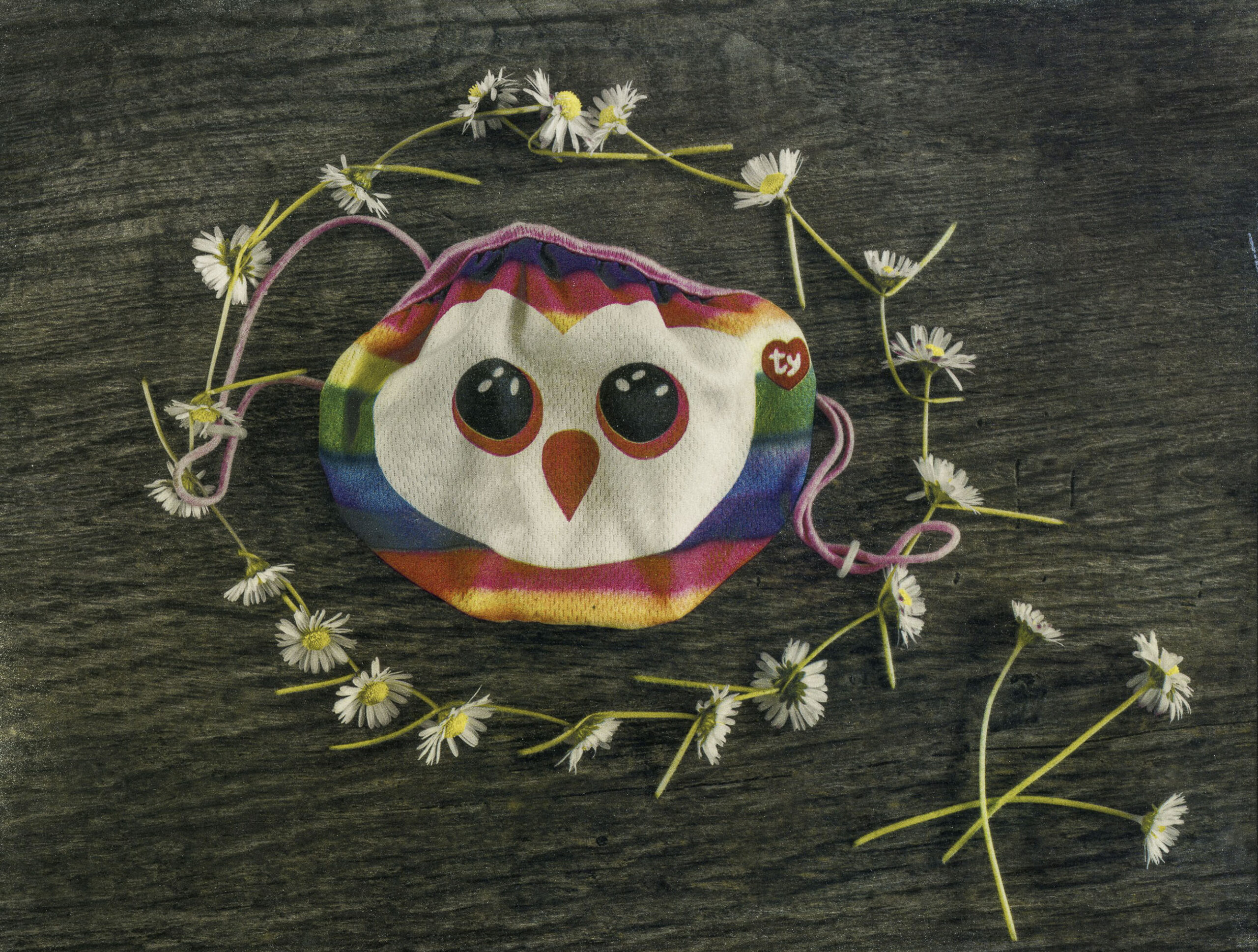
Ring Around The Rosie
A-choo! A-choo! We all fall down. This is the rhyme that inspired this project. I came across a child’s mask on the ground and, as if foreshadowing the theme of a future project, I started to think about the impact this pandemic is having on our children. I brought the mask home and soon after found other discarded kids’ masks. I’m not sure exactly why but I found myself singing Ring Around the Rosie in my head one day and thought to pair the mask with a daisy chain. I had a vague recollection that this famous nursery rhyme was often associated with the Black Plague of the 14th century. It was said that children would hold hands and sing the rhyme while dancing in a circle. In the end, of course, everyone would fall down. Ring around the rosie signified the circular red rash that would develop on the victim; a pocket full of posies was in reference to the misunderstood method of transmission via bad smells (the flowers were held to your nose to ward off the bad smells); A-choo! A-choo! As you might guess referred to the sneezing that was symptomatic of the disease; and, We all fall down was a direct reference to the many people dying from the Plague. While this association has since been debunked by most folklore scholars, the folklore surrounding the folklore of this nursery rhyme continues to suggest that children are particularly good at finding playful ways to respond to crises in unsettling times. Was the new “infection game” of tag my daughter and her friends were playing at elementary school a contemporary example of this behaviour…likely so.
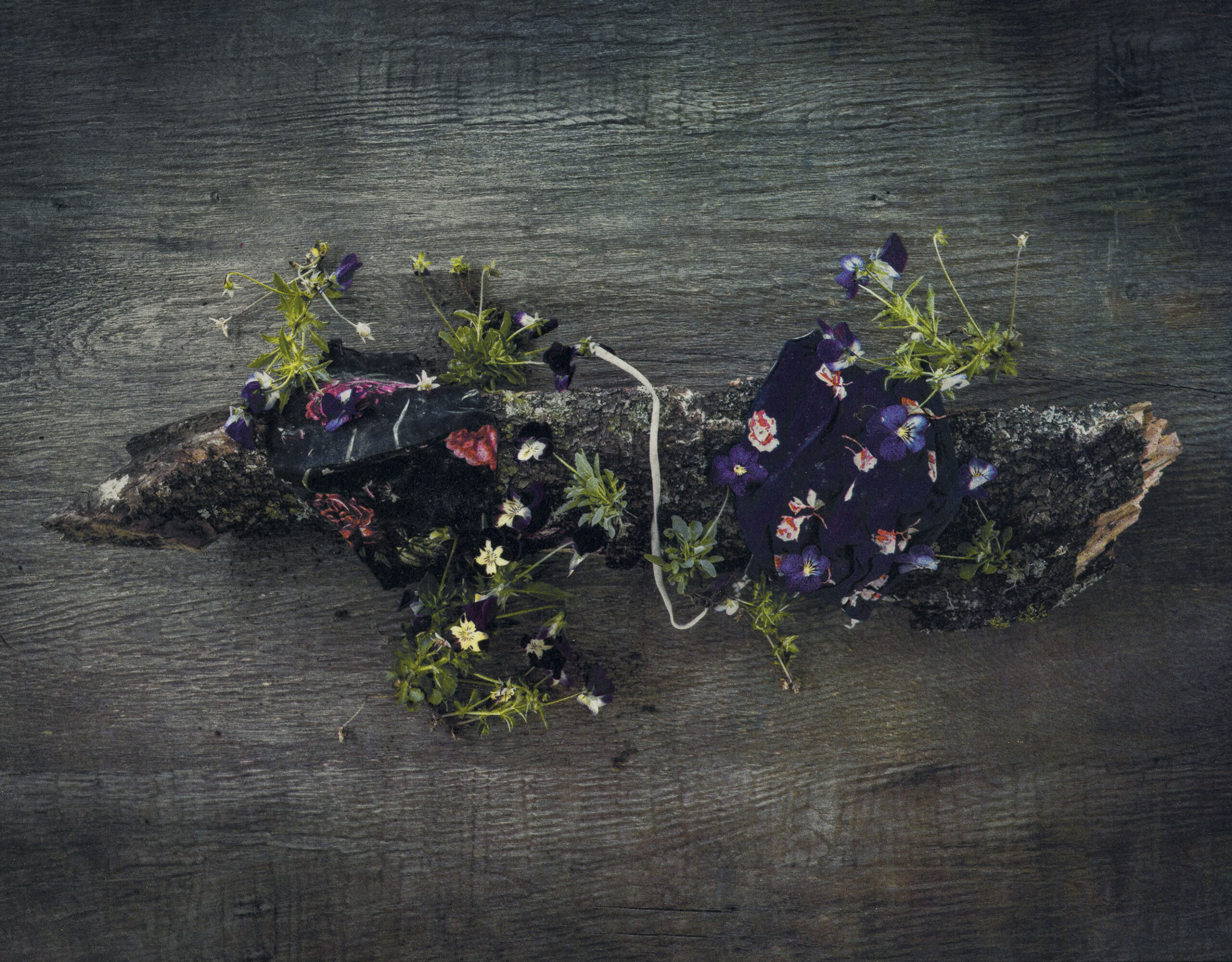
Roses are red Violets are blue I see a mask I bet you do too!
Roses are red, Violets are blue, I see a mask, I bet you do too! Roses are red Violets are blue Sugar is sweet And so are you Roses are red is a popular nursery rhyme dating back to the 18th Century. Today, it is more recognized as perhaps the most cliché of love poems you might find on a Valentine card. The classic rhyming scheme of this poem has become a template for many satirical variants including the title of this work and this variation on the theme authored by my son: Rose are red Violets are blue. COVID stinks. Just like poo.
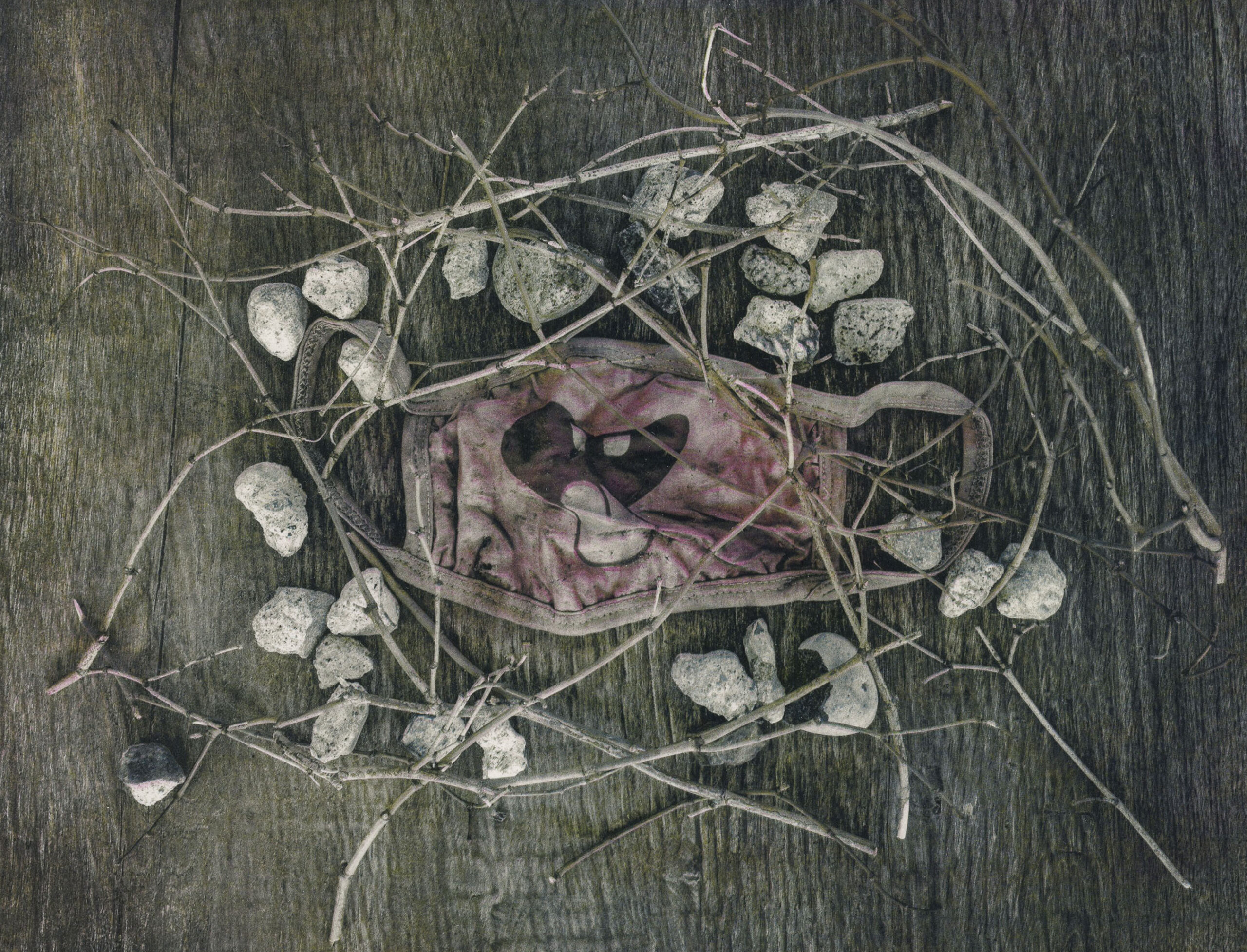
Sticks And Stones
This sage advice is believed to originate in the mid 1800’s as a peaceful defense against bullying and name calling. As a child, I remember saying this in elementary school and, while I will always stick up for my children, I think it’s also important they learn to stick up for themselves too. Sticks and stones is always a good first step in playground conflict resolution and the saying remains popular among music icons from Pink, to Rhianna, to Taylor Swift.
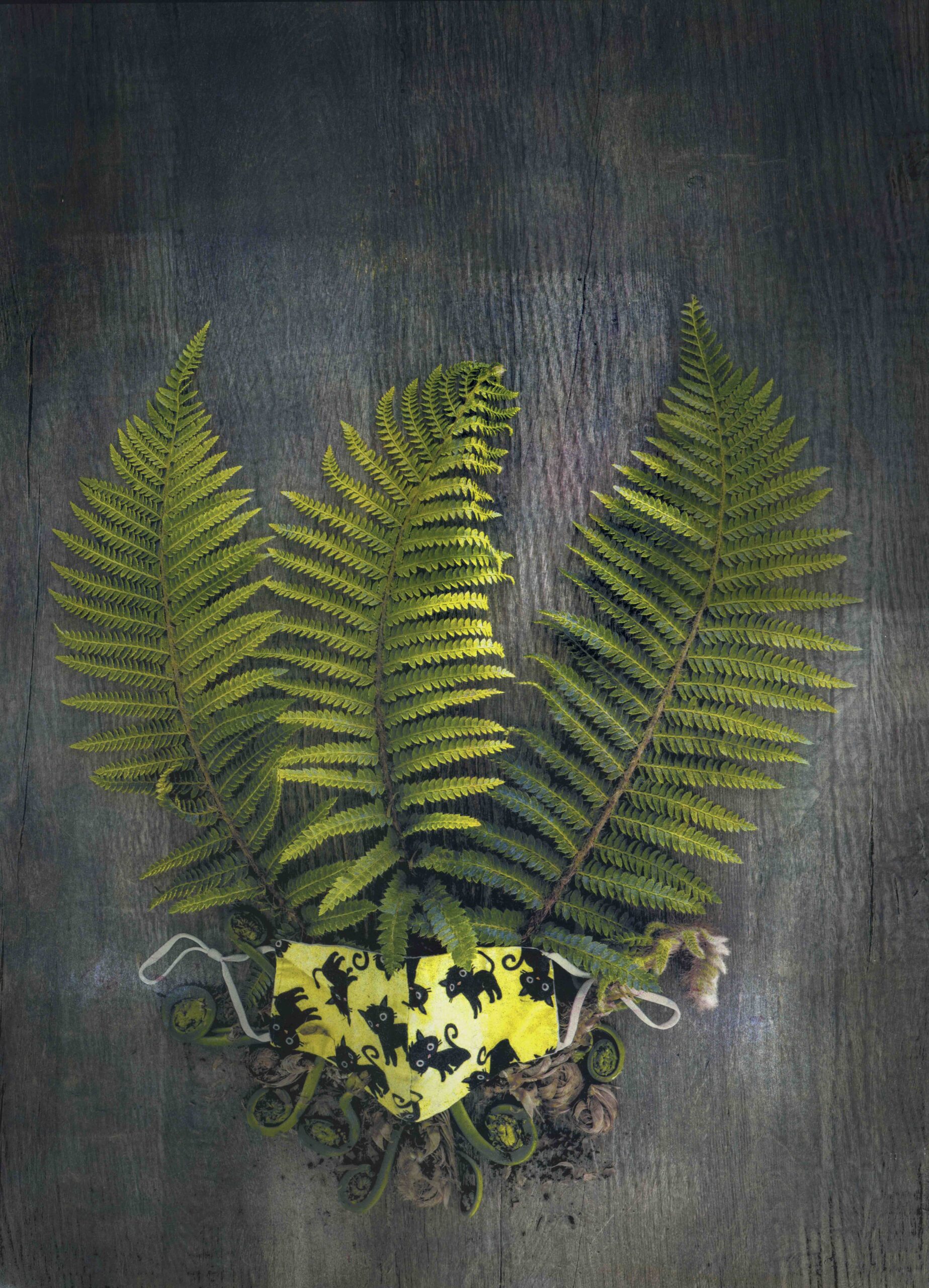
The Cat and The Fiddle
Hey Diddle Diddle, The cat and the fiddle, The cow jumped over the moon. The little dog laughed To see such a sport And the dish ran away with the spoon. When I found this cat mask, fiddle heads immediately came to mind. It was still winter when this idea came to me, so I had time to watch for the fiddle heads in the Spring. The nursery rhyme itself dates back to at least the 16th century. While many nursery rhymes are believed to have hidden meanings, most scholars believe this otherwise non-sensical poem was likely just created to make children laugh. They had me laughing at Hey Diddle Diddle!
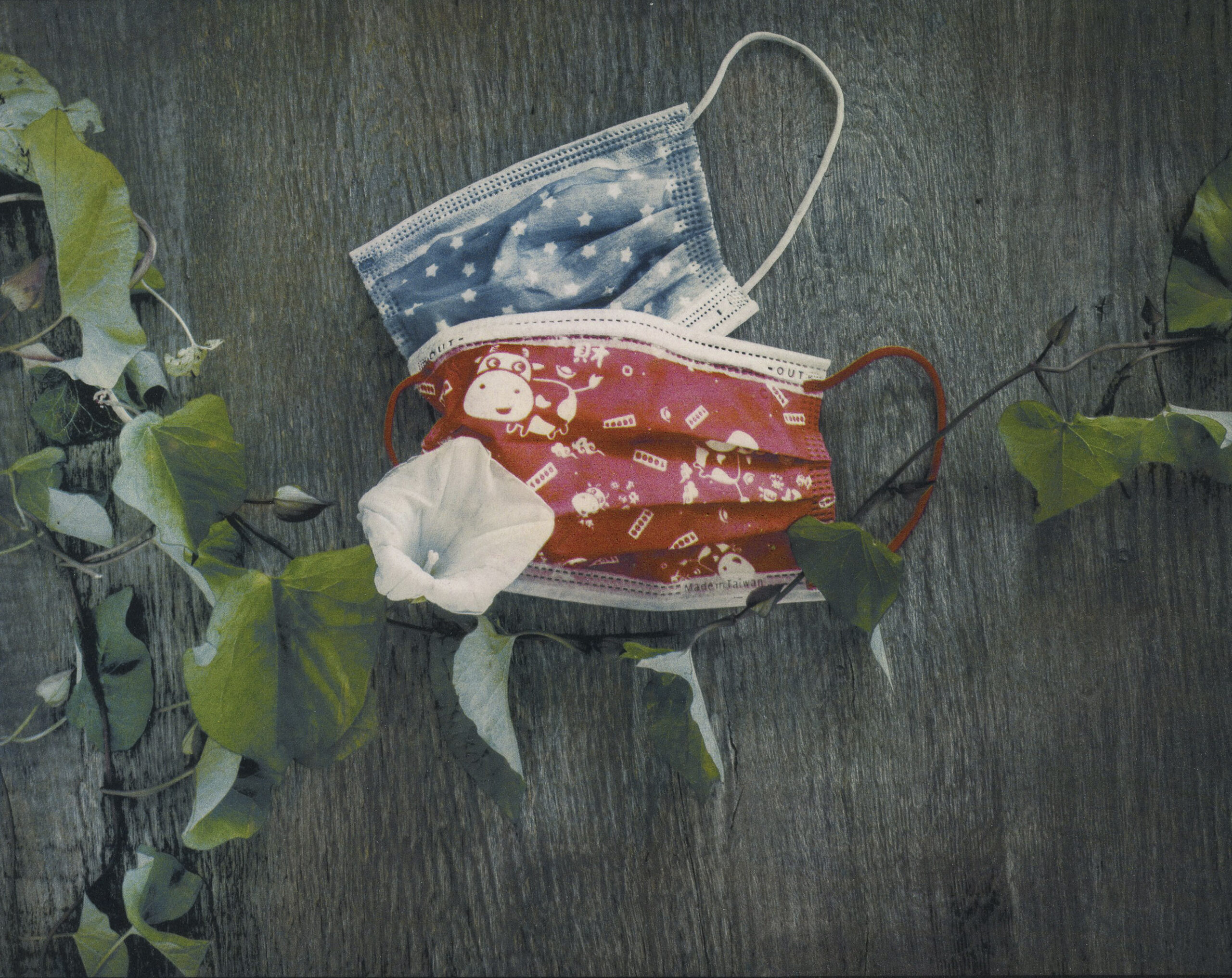
The Cow Jumped Over The Moon
Hey Diddle Diddle, The cat and the fiddle, The cow jumped over the moon. The little dog laughed To see such a sport And the dish ran away with the spoon. What could be more fanciful than a cow jumping over the moon? Much to the delight of my pre-school children at the time, I also sang a jazzy version of this nursery rhyme in Mother Goose music class. Nonsense or not, my children loved it and it was fun to pass down the oral tradition of this nursery rhyme. Did you know the morning glory flower is considered a moonflower?
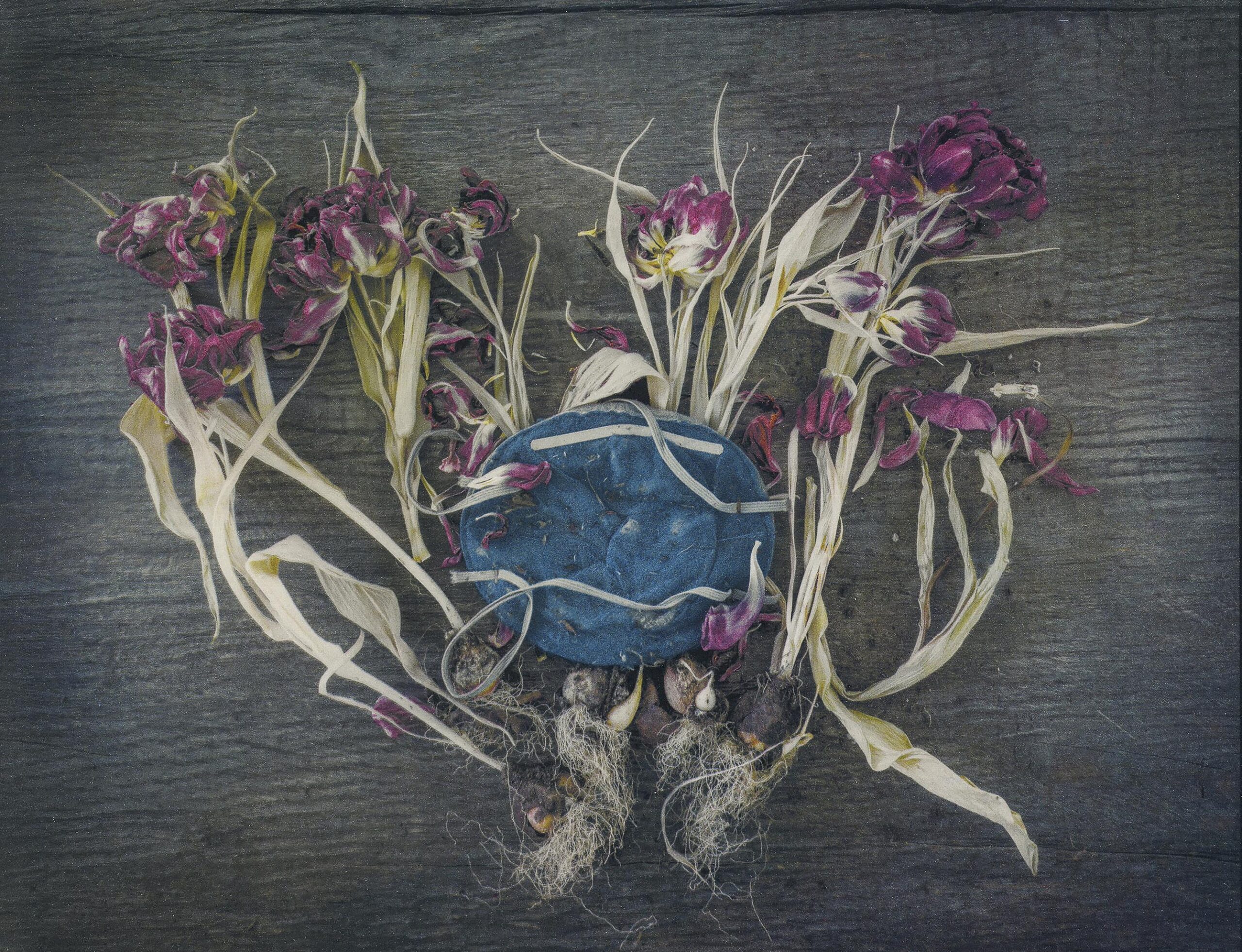
Tip Toe Through The Tulips
Come tiptoe to the window, by the window That is where I'll be Come tiptoe through the tulips with me Tiptoe from your pillow To the shadow of a willow tree And tiptoe through the tulips with me I love the youthful innocence of this song. Originally performed in the 1929 musical Gold Diggers of Broadway, Tip Toe through the Tulips was making the somewhat improper suggestion that the lovebirds sneak off under the cover of moonlight to steal a kiss in the garden. While I’ve always understood the advice on physical distancing during the pandemic, I can nonetheless appreciate how so many of us would love to steal a hug or a kiss with a loved one or distant family member outside of our bubble. Come tiptoe through the tulips with me…

Tree Of Bush
Did you play this game as a child? Taking the seeded blade of grass between your thumb and index finger and running up the stem to reveal a tree or a bush - did you ever let anyone guess correctly? I recently taught this game to my children and so far I’ve never guessed correctly! My kids love tricking me (and their friends) and it seems like the simplest of little games brings them so much joy. We need more of this type of silliness in our lives.
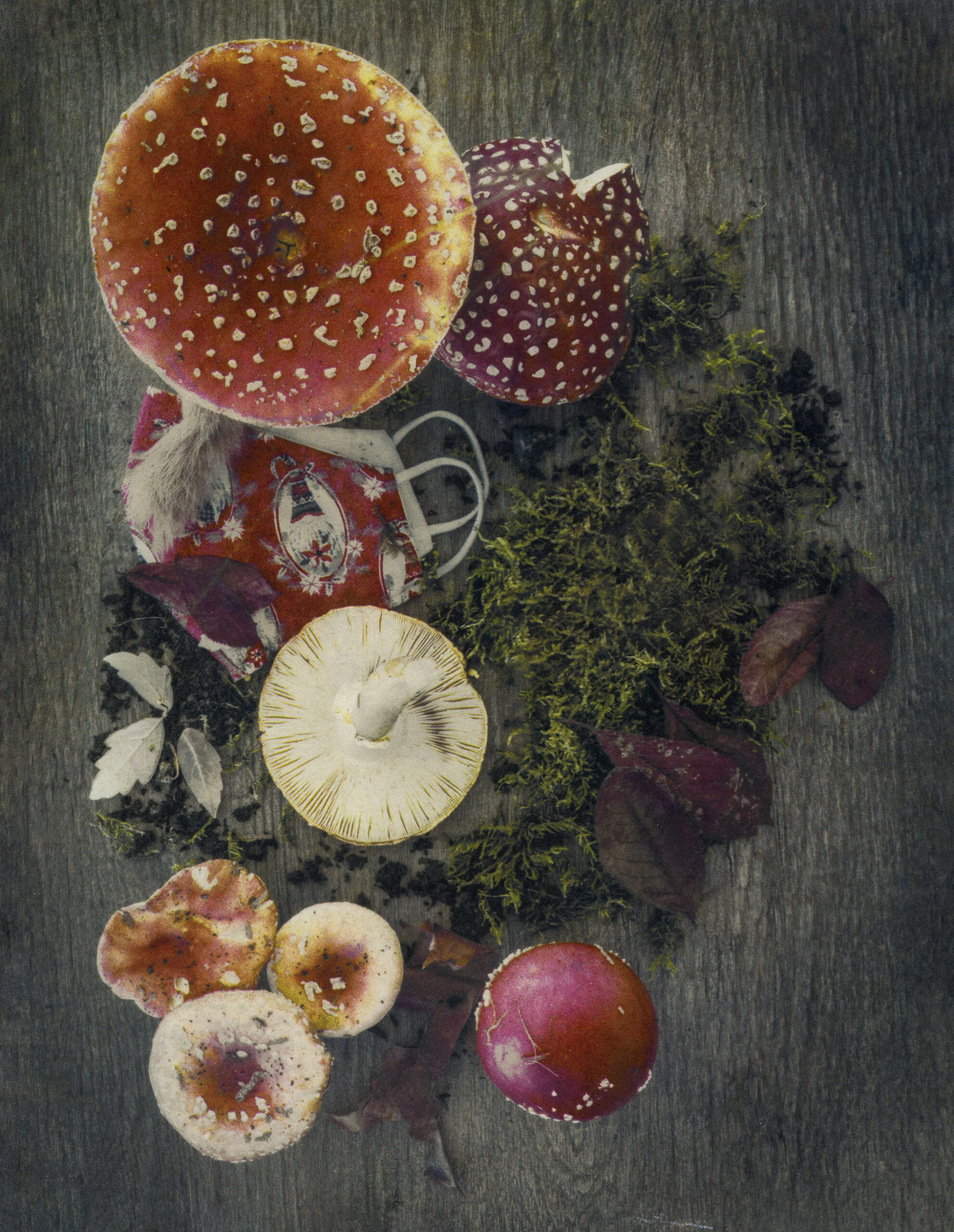
Under A Toadstool
The Elf and The Dormouse By Oliver Herford (1894) Under a toadstool crept a wee Elf, Out of the rain to shelter himself. Under the toadstool, sound asleep, Sat a big Dormouse all in a heap. Trembled the wee Elf, frightened and yet Fearing to fly away lest he get wet. To the next shelter—maybe a mile! Sudden the wee Elf smiled a wee smile. Tugged till the toadstool toppled in two. Holding it over him, gaily he flew. Soon he was safe home, dry as could be. Soon woke the Dormouse—”Good gracious me! “Where is my toadstool?” loud he lamented. —And that’s how umbrellas first were invented. When I was young, my Mom would tell us this story while impersonating the Dormouse with a loud, deep voice. “Say it again! Say it again!” My sister and I would exclaim. It has been a favourite all my life and is still a great family tradition.
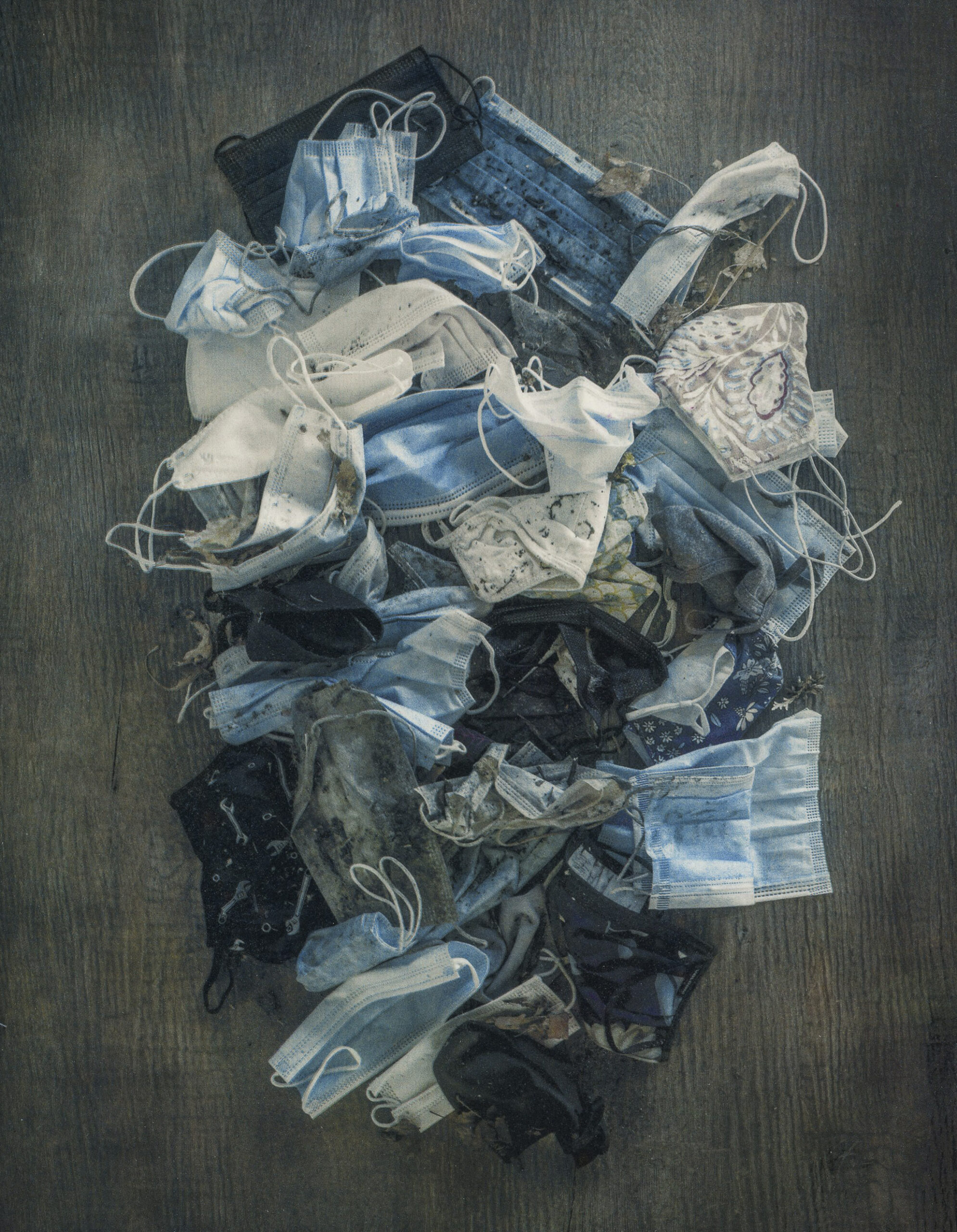
Litterbug
The Litterbug Song Just look at the world full of beauty and art What man has created with hand and with heart His glittering cities saw up to the skies His homes and his gardens, a sight for sore eyes His playgrounds and beaches, his freeways and parks What wonders of beauty! What genius! What spark! Then, why does he go and has to mess it all up? You ask me who's to blame? You want to know his name? He's a most obnoxious lug I call him "litterbug"! Litterbug, litterbug, shame on you Look at the terrible things you do Littering, cluttering every place My, but it's disgraceful Litterbug, litterbug, where's your pride? Making a mess of the countryside Spoiling and soiling each lovely view Shame, oh, shame on you It really makes one wonder What kind of house you keep On every tour, the world is your Personal garbage heap You thoughtless litterbug, litterbug, don't you care? People must follow you everywhere Cleaning up places that you've gone through Litterbug, shame on you Written by Mel Levin, from the 1961 Walt Disney children’s animated short The Litterbug. Early in the process, I began to shoot the discarded masks while playing with different compositions. I didn’t appreciate it at the time, but one of these photos revealed a face hidden amongst all the masks. Once I saw this abstract visage, I couldn’t help but be reminded of Henri Matisse’s Jeanettes. Although the mask assembly came randomly, I wanted to develop greater depth of meaning in the portrait that revealed itself. Drawing inspiration from the five Jeannettes, I have produced five unique portraits of Litterbug. Art imitating life?

Butterfly quilt
In the fall of 2020, the world was using 129 billion disposable plastic masks globally every month. That is three million a minute (source: World Economic Forum).
Global Pandemic documents children’s masks found littered in public spaces during the Covid 19 pandemic. While discovering more children’s masks on the streets and sidewalks in the spring of 2021, I found myself contemplating the hopeful, the playful and the rejuvenating side of springtime contrasting against the scourge of this pandemic waste — discarded children’s masks nestled amongst a patch of daisies, a bunch of buttercups, a bed of grass. Pairing the darker side of these two pandemics with playful childhood themes, I hope to unveil the collective consciousness that links the health of our planet with the health of our children.